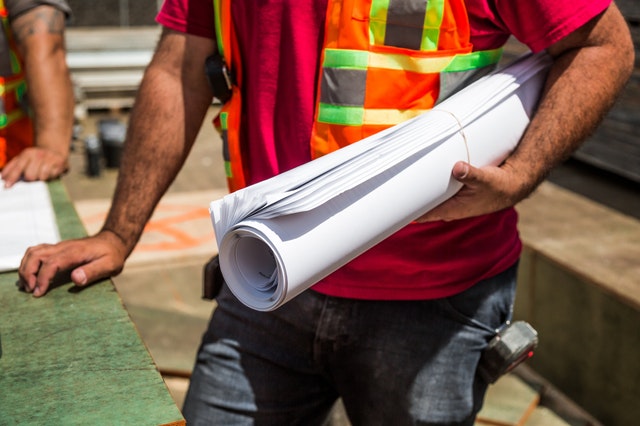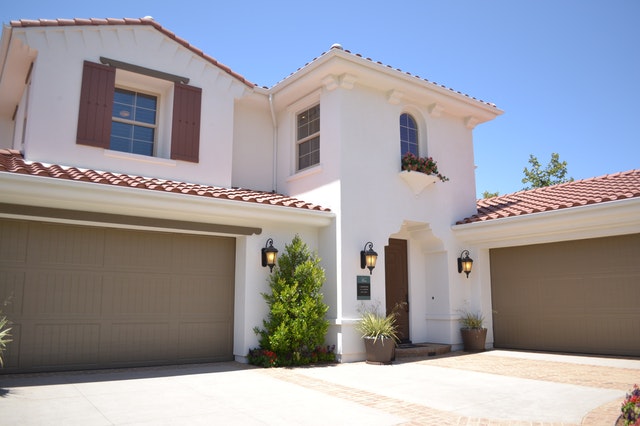 Many individuals and families are looking for ways to reduce their energy consumption. Running the heater during the winter and the air conditioner during the summer can have significant impacts on someone’s energy consumption and costs. It should come as no surprise that many people are trying to reduce their HVAC usage to save money; however, there is a better way.
Many individuals and families are looking for ways to reduce their energy consumption. Running the heater during the winter and the air conditioner during the summer can have significant impacts on someone’s energy consumption and costs. It should come as no surprise that many people are trying to reduce their HVAC usage to save money; however, there is a better way.
Individuals and families can permanently reduce their fossil fuel usage and carbon footprint by investing in home improvements. Better yet, local, state, and even the federal government wants everyone’s home to be more environmentally conscious, or “green.” Many utility companies want people to act in the same way. That is why there is a slew of incentives for homeowners who are willing to make their homes more Earth-friendly.
Government Tax Credits For Green Initiatives
Many of the tax credits the government is offering for “going green” are going to run through the end of 2021. They are available to any homeowner in the United States who files a federal tax return. Applying for tax credits is done by filling out Form 5695 from the IRS.
Some of the biggest tax credits come from solar energy generation. The first example of a solar energy system comes in the form of a solar water heater. All Energy Star-rated solar water heaters will qualify for this tax credit. Typically, solar water heaters cost somewhere between $2,000 and $5,000.
The other biggest source of solar energy comes in the form of solar panels. Solar panels need to generate electricity directly for the residency and must meet all safety codes. Typically, solar panels cost between $25,000 and $35,000. Even though these sound expensive, the costs are dropping quickly and the tax credit makes the system worth it in the eyes of many homeowners.
Wind Energy
Homeowners can also qualify for green energy tax credits through the use of wind energy. The cost of a wind turbine strong enough to power a home will vary widely. Some may cost $15,000 while others may cost $75,000.
Keep in mind that, in addition to the tax credit, these systems may drastically cut someone’s utility costs. Eventually, these systems should pay for themselves. For this reason, green energy has become an attractive option for many homeowners.
If you are in the market for a new home or interested in listing your current property, be sure to consult with your trusted real estate professional.
 According to a report that was recently published by the United States Census Bureau, the average mortgage payment has been dropping. According to the bureau, the average payment is just over $1,500 per month. This is shockingly close to the average cost of renting, which is just under $1,500 per month.
According to a report that was recently published by the United States Census Bureau, the average mortgage payment has been dropping. According to the bureau, the average payment is just over $1,500 per month. This is shockingly close to the average cost of renting, which is just under $1,500 per month.  New housing construction starts reached a record high in December 2019 going up 16.9%. This represents a seasonally-adjusted annual rate of 1.608 million homes last December, which beat the record set in December 2006, 13 years ago, according to CNBC.
New housing construction starts reached a record high in December 2019 going up 16.9%. This represents a seasonally-adjusted annual rate of 1.608 million homes last December, which beat the record set in December 2006, 13 years ago, according to CNBC. Real estate, which is a rental property, has the unique characteristic under the tax code of being able to depreciate it and pretend the asset is going down in value, while, if you are a clever investor, you will acquire property that actually increases in value. Additionally, there are other tax advantages for owning a rental property that can help shelter income.
Real estate, which is a rental property, has the unique characteristic under the tax code of being able to depreciate it and pretend the asset is going down in value, while, if you are a clever investor, you will acquire property that actually increases in value. Additionally, there are other tax advantages for owning a rental property that can help shelter income. Case-Shiller Home Price Indices reported that national growth of home prices rose by 0.30 percent in November. Analysts said that slim inventories of available homes boosted home prices. Whether or not home price growth continues gaining speed depends on variables including supplies of homes for sale, affordability and home-buyer confidence in the economy.
Case-Shiller Home Price Indices reported that national growth of home prices rose by 0.30 percent in November. Analysts said that slim inventories of available homes boosted home prices. Whether or not home price growth continues gaining speed depends on variables including supplies of homes for sale, affordability and home-buyer confidence in the economy. For many people, owning a home is seen as a rite of passage. At the same time, purchasing a home is expensive. As a result, many people end up renting for an extended period of time.
For many people, owning a home is seen as a rite of passage. At the same time, purchasing a home is expensive. As a result, many people end up renting for an extended period of time.